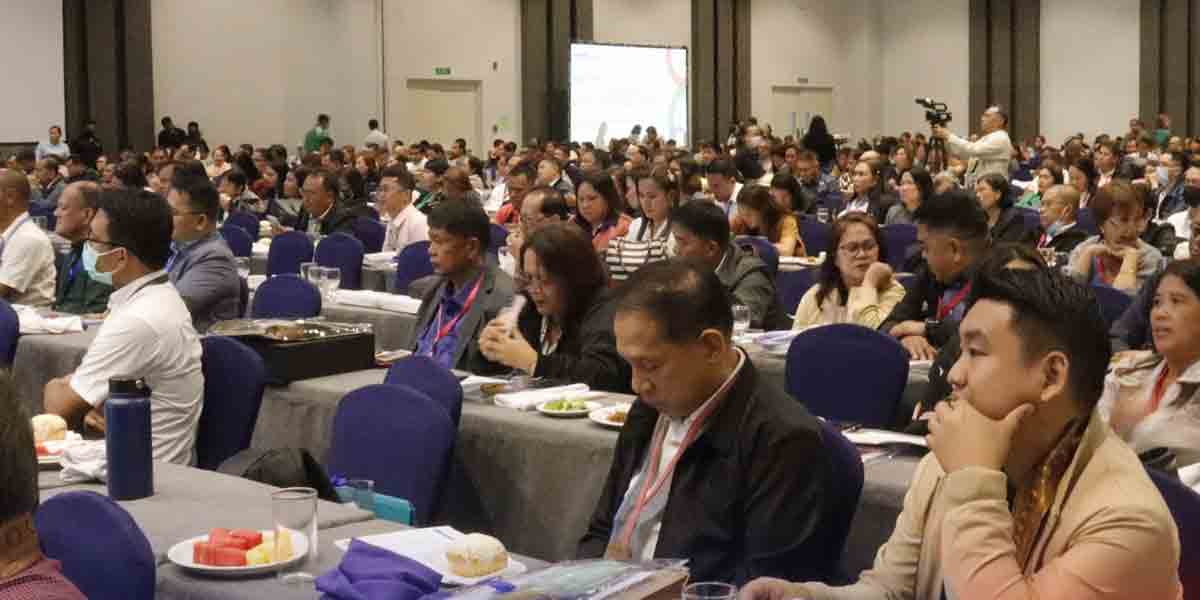 By: John Carlo Tria
By: John Carlo Tria
THE announcement of Panhua steel’s manufacturing plant and Heibei Steel’s plan to establish an integrated steel mills in Misamis Oriental and Batangas, respectively, have led other Chinese companies in their drive to seek neutral countries where United States 200% tariffs will not affect their competitiveness.
They and scores of companies are moving out of China and into southeast Asian countries such as ours, in order to continue their business without the effect of the tariffs.
The big question being asked is: Are we prepared for such an influx? Do we welcome these Chinese companies?
Economists are quick to point out that such relocation will boost our economic growth, hire more employees and assure the transfer of needed technology that will raise our manufacturing sector and increase the value of our exports.
At present, our manufacturing sector is catching up as a percentage of our GDP and needs an additional boost to obtain high quality jobs for our growing workforce.
A good sign is that last year’s current account deficit has swung into a surplus in the first half of the year and that our gross international reserves have hit the record high 85 Billion dollars. This gives enough confidence to weather coming storms despite, possibly, lower remittances from OFWs since the global economic slowdown is likely to result in less jobs for overseas Filipinos.
Another good sign is that better infrastructure is luring these companies to seek areas for relocation outside Metro Manila, away from the usual congested industrial areas. Areas in Cebu, Davao and the Phividec Industrial Estate in Mindanao are examples.
Apart from this, our ability to expand inter-Asian trade with China, Japan and Korea is the kind that does not cost as much and allows a wide range of products to be traded.
Noteworthy are the higher levels of banana exports we have recently seen, and the possibility that other commodities such as young coconut, durian and other fruits may see exports to high consumption countries such as China, and may see new markets in Korea and Japan.
As long as the Chinese economy remains robust, the exports of such commodities, grown by our local farmers may see new markets that can encourage prices to remain stable.
The answer to the question in the title is that we are already seeing a slight influx of Chinese investments. How many more will locate here will really depend on how we manage to lure more of them.
For reactions: facebook.com/johntriapage






















